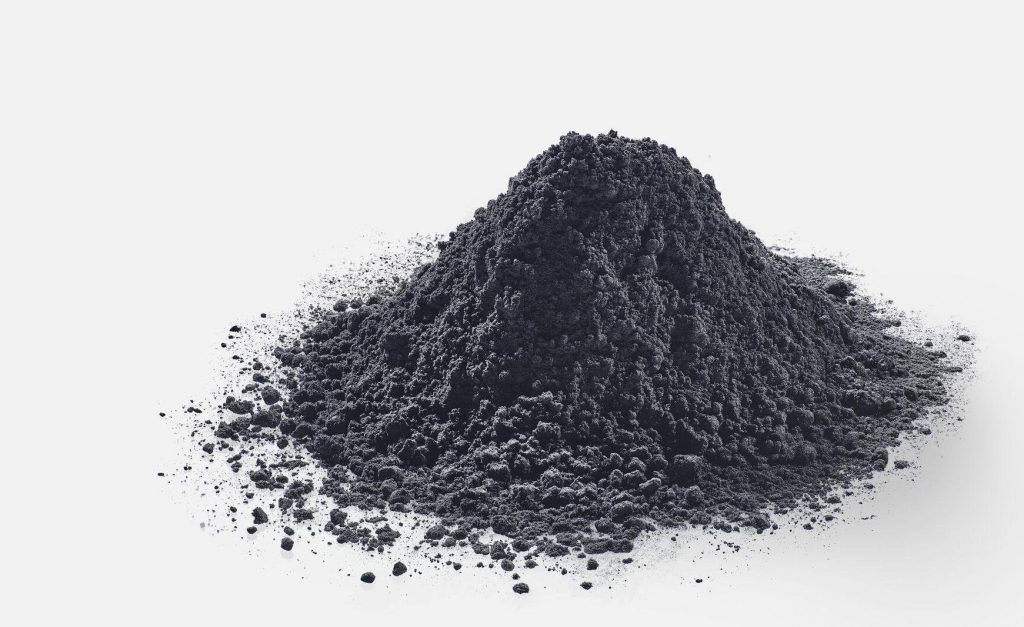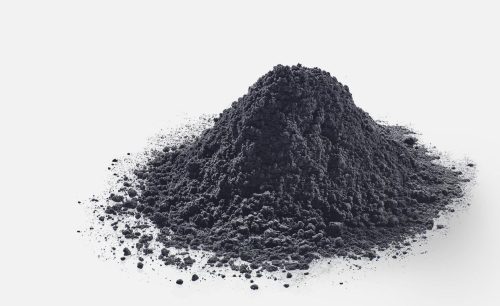Anode materials are mainly divided into two categories: carbon materials and non-carbon materials. Carbon refers to carbon-based systems, mainly including mesophase carbon microspheres, artificial graphite, natural graphite and hard carbon. At present, graphite anode materials among carbon materials have the highest degree of market application, among which artificial graphite and natural graphite have large-scale industrial applications. Non-carbon materials mainly include silicon-based materials, tin-based materials, lithium titanate, etc. Among them, silicon-based anode materials are currently the focus of research by major anode material manufacturers and are one of the new anode materials most likely to be used on a large scale in the future.
Artificial graphite negative electrode preparation process
The artificial graphite manufacturing process can be divided into four major steps and more than ten small processes. Granulation and graphitization are the key. The production process of artificial graphite anode materials can be divided into four steps: 1) pretreatment 2) granulation 3) graphitization 4) ball milling and screening. Among the four major steps, crushing and screening are relatively simple. The two main links that reflect the technical threshold of the anode industry and the production level of the company are granulation and graphitization. The construction of graphitization base requires a large investment in fixed assets, and the disposal of graphitized resistor material waste requires stable customer resources from steel mills and aluminum mills, which is highly professional. Graphitization and raw material crushing processes are traditional and mature processes in the carbon industry. There are many manufacturers that can choose to outsource processing. However, the cost difference between outsourcing graphitization processing and in-house graphitization is large, so most companies are in-house. Build a graphitization base to reduce costs.
Specific to the production process, first premix coke with one or more of conductive particles, carbon nanotubes, carbon black, and acetylene black, and then sinter and coat the mixed materials with carbon to prepare The good particles are graphitized; the graphitized material is coated with resin materials for a second time; a solvent is used for surface treatment, and solid phase particles are separated from the solvent by centrifugation, precipitation and other methods, and then carbonized to make Particles of 5-20um are obtained, and a high-rate carbon negative electrode material is obtained. Using this method, the particles are coated and granulated twice to fill the inner shell of the material through mixing and granulation, so that the internal structure of the material is stable and the carbon anode material has the advantages of high rate performance, high compaction, and high specific capacity. .
Among the four major processes of artificial graphite, crushing and screening are relatively simple. The two main links that reflect the technical threshold of the anode industry and the production level of enterprises are granulation and graphitization. High-end artificial graphite requires more processes, such as secondary granulation, carbonization coating, secondary coating, doping modification, etc.


